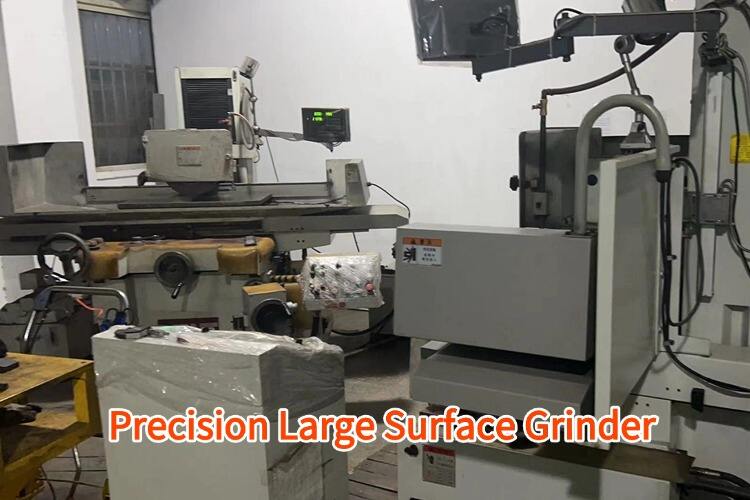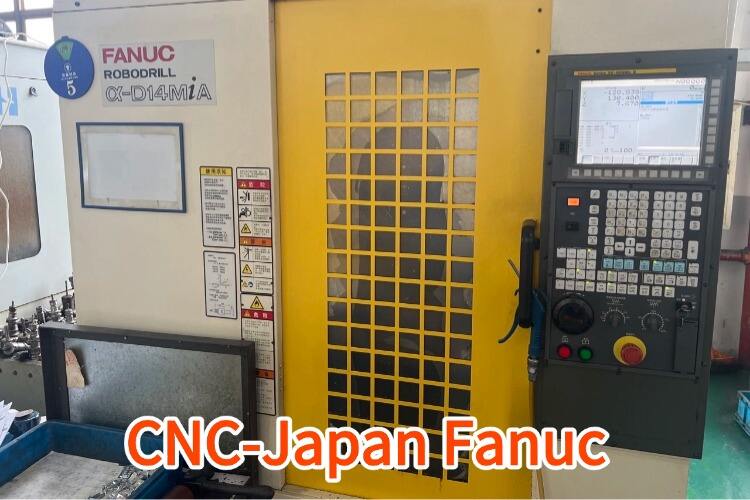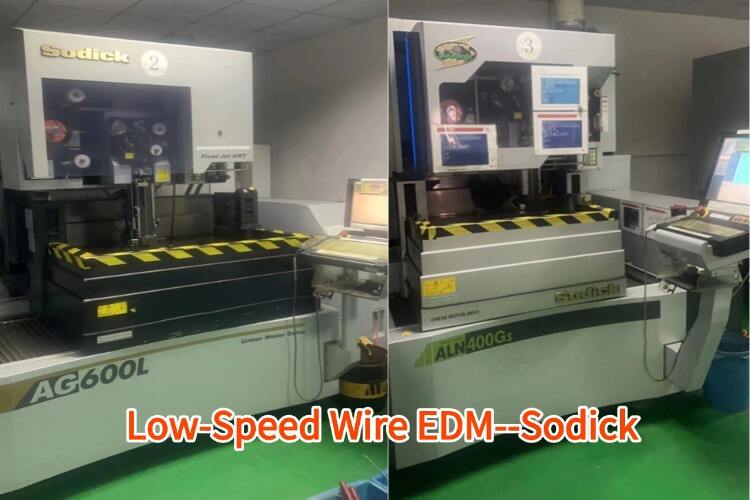cnc machining vs laser cutting
CNC machining and laser cutting represent two distinct manufacturing technologies that serve different purposes in modern manufacturing. CNC machining is a subtractive manufacturing process that uses computer-controlled cutting tools to remove material from a workpiece, creating complex three-dimensional parts with high precision. The process involves multiple axes of movement and can work with various materials, including metals, plastics, and composites. Laser cutting, on the other hand, utilizes focused laser beams to cut, engrave, or mark materials with exceptional precision. The laser beam melts, burns, or vaporizes the material, creating clean cuts with minimal material waste. While CNC machining excels in creating complex 3D parts with tight tolerances, laser cutting is particularly effective for 2D cutting applications and intricate pattern creation. Each technology offers unique capabilities: CNC machining provides superior material versatility and can create complex geometries with multiple features, while laser cutting offers faster processing speeds for thin materials and can achieve extremely precise cuts with minimal material distortion. The choice between these technologies often depends on factors such as material type, project requirements, production volume, and desired finish quality.


